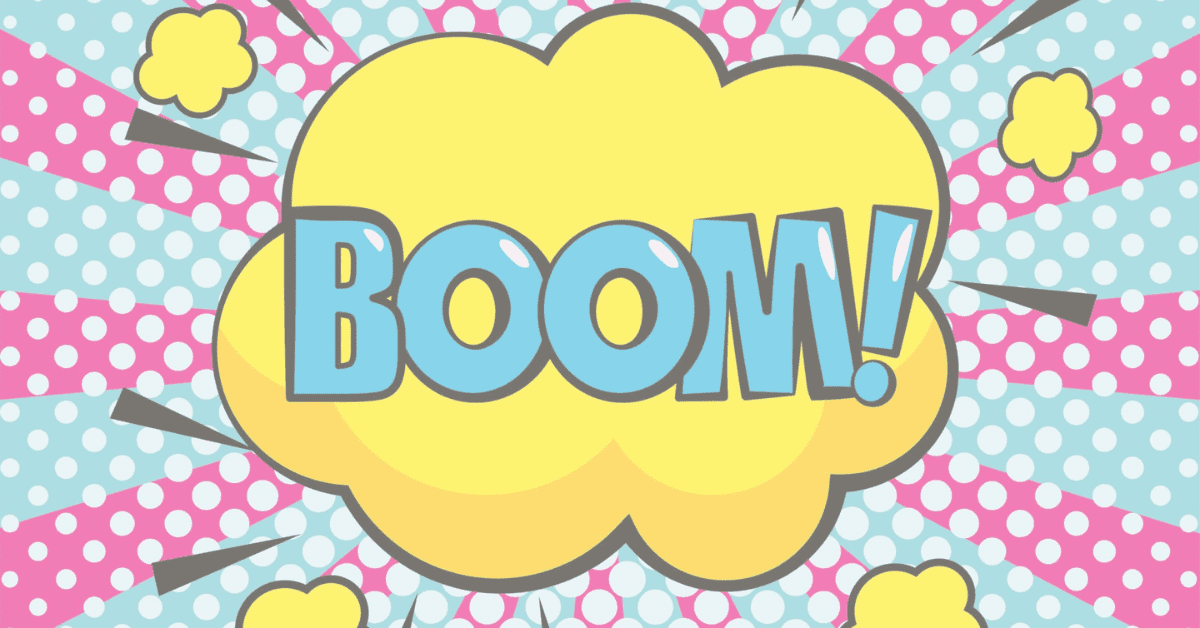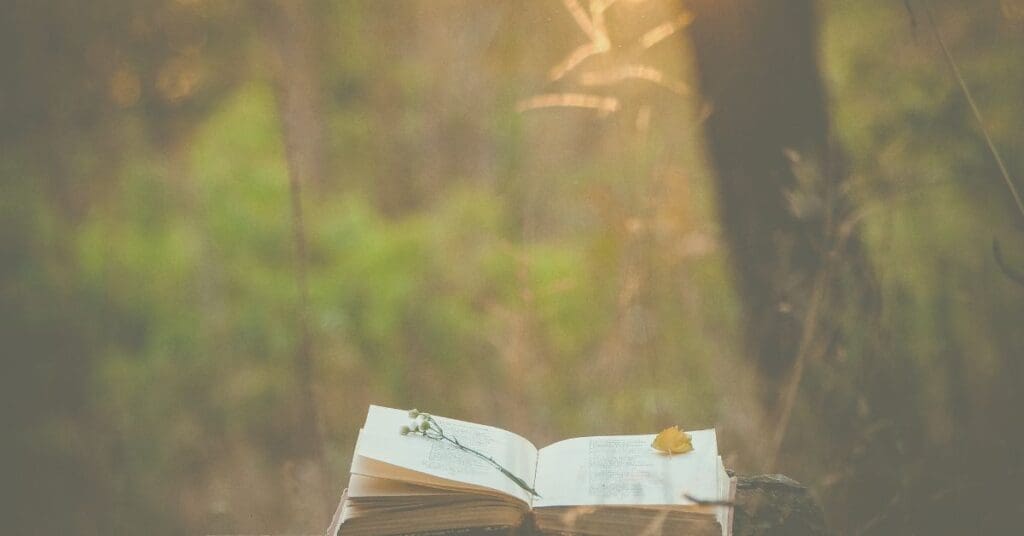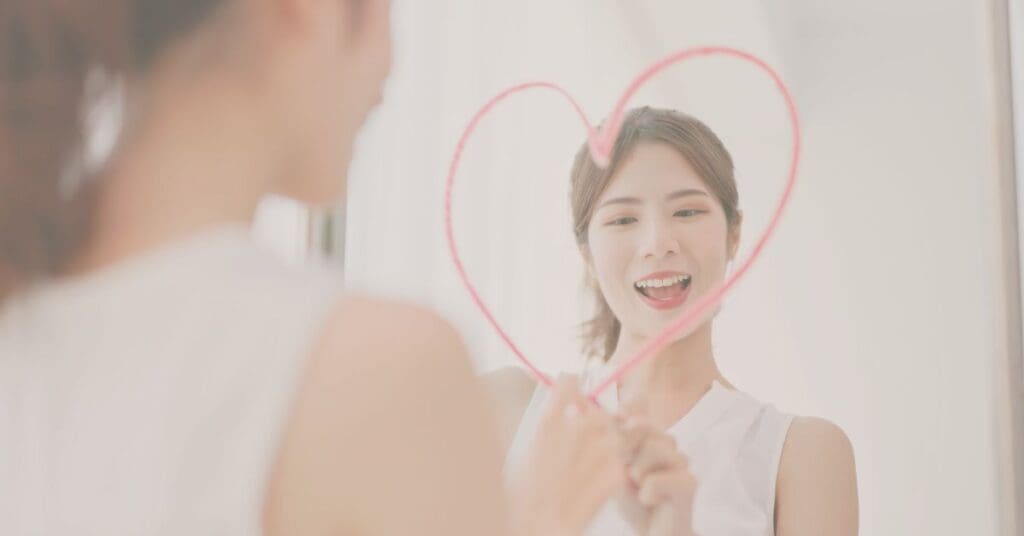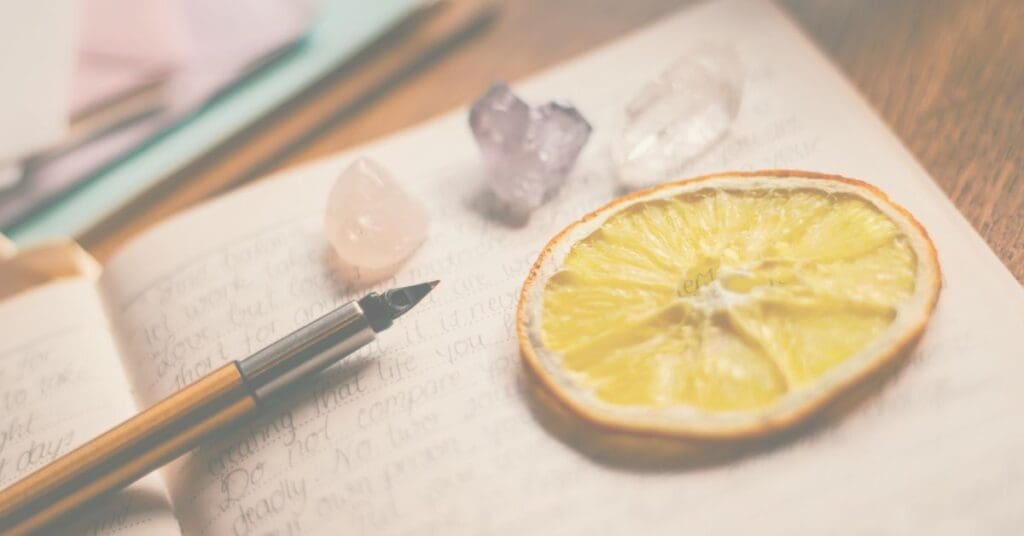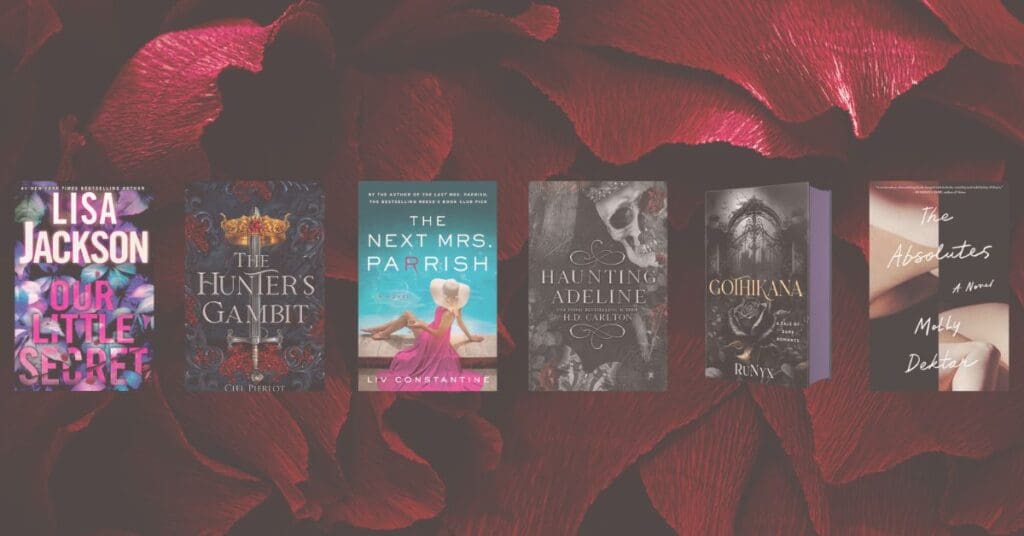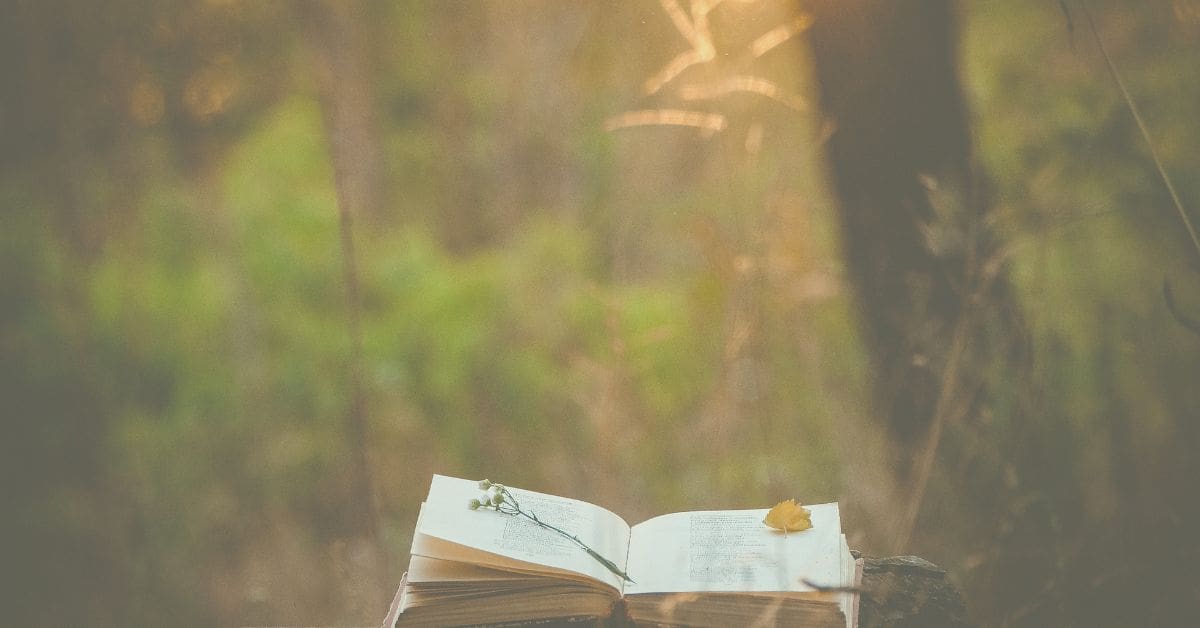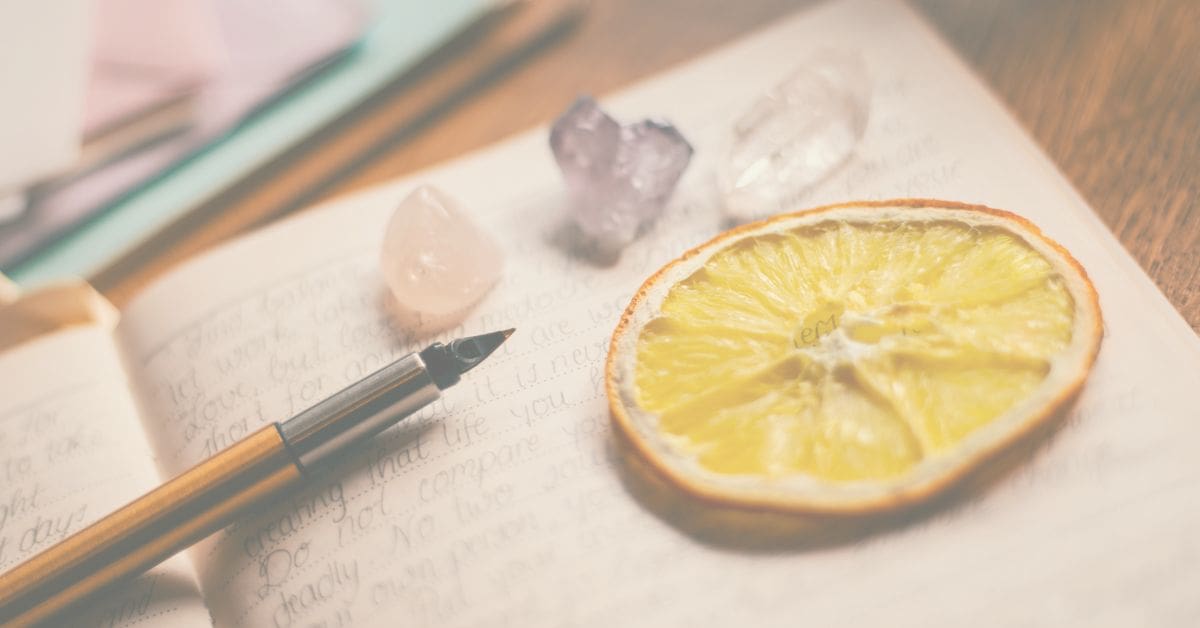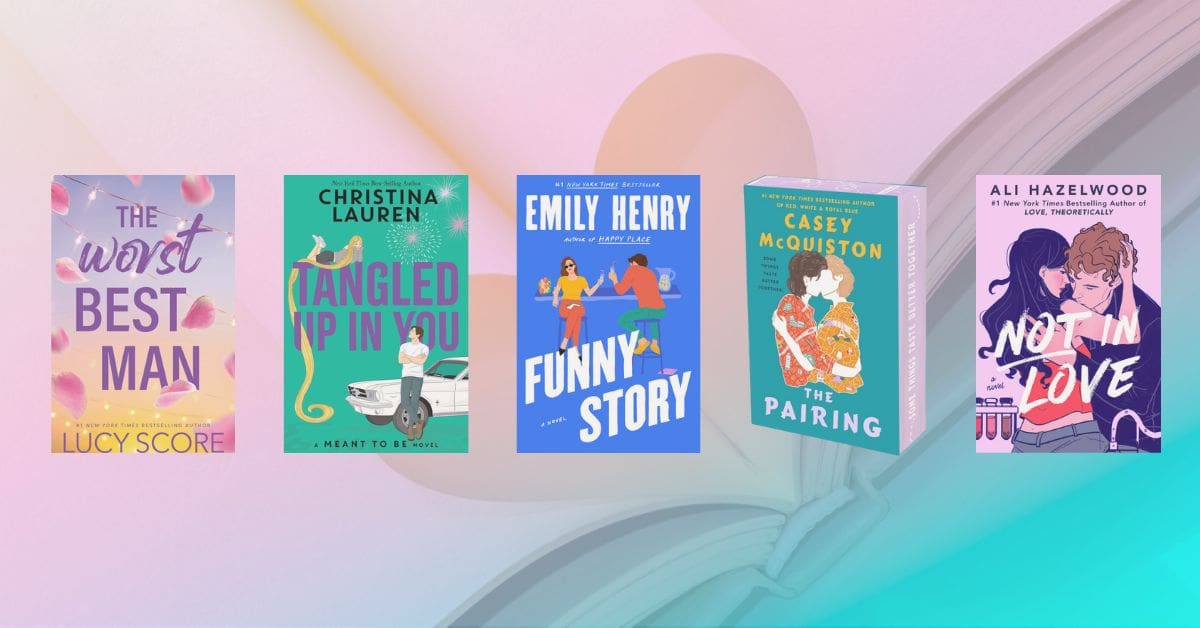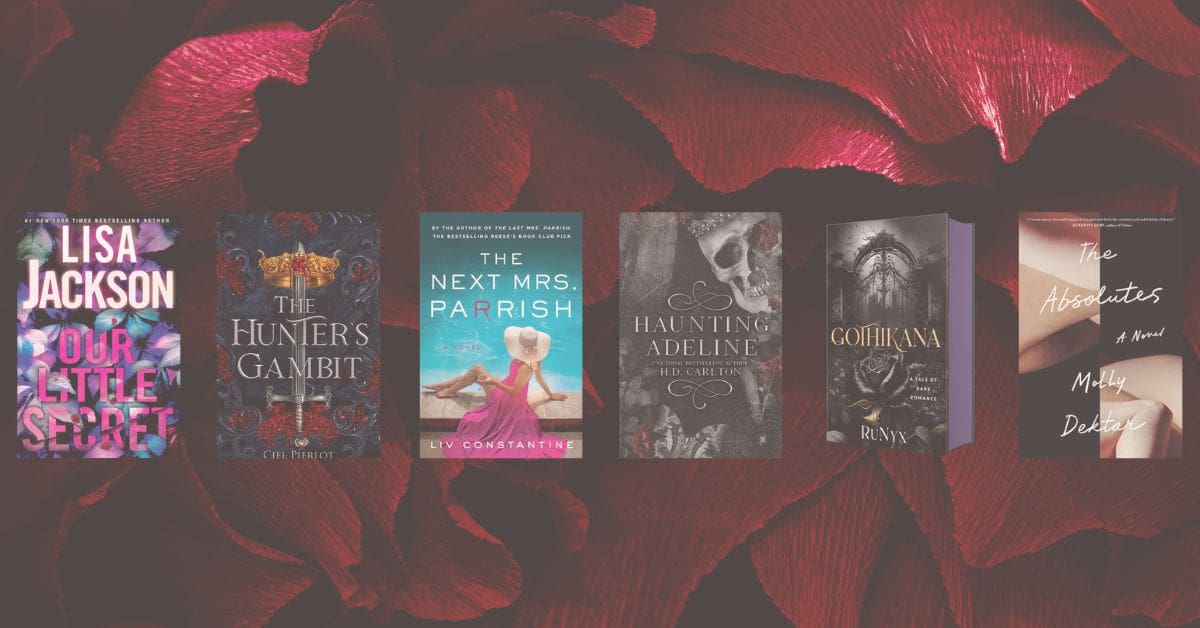There are no limits to the imagery, sounds, and sensations a well-crafted poem can offer. But if you want to kick it up a notch, take a dive into the world of literary devices. Literary devices, such as allegories, hyperbole, and alliteration are techniques used to enhance a poem’s meaning by creating rhythm, depth, or a chosen mood. There’s also onomatopoeia to really incite some pizazz. Let’s talk poetry with onomatopoeia!
There are dozens of literary devices, today we’re taking a look at one of my favorite techniques– onomatopoeia! Adding onomatopoeia to your poems is a fun, creative way to engage with the audience and help them feel or hear your poetry just as you do! Onomatopoeia is defined as “the naming of a thing or action by a vocal imitation of the sound associated with it” (Merriam-Webster). Basically, a word that is spelled and sounds like what it is. Still confused? Don’t worry! We’ve got plenty of creative examples for you ahead!
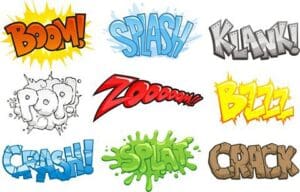
The Bells by Edgar Allen Poe
Poe was a fan of many literary devices. But he was a master at onomatopoeia! He uses it all through his famous poem, The Bells. However, this stanza below is one of my favorite examples. By using onomatopoeic words that vary in intensity, Edgar Allen Poe is able to alter the way each ring of the bell is heard and felt within the reader. For example, a bell that “roars” sounds and feels far different than one that is “jangling“.
What a tale their terror tells
Of Despair!
How they clang, and clash, and roar!
What a horror they outpour
On the bosom of the palpitating air!
Yet the ear it fully knows,
By the twanging,
And the clanging,
How the danger ebbs and flows;
Yet the ear distinctly tells,
In the jangling,
And the wrangling.
Find more examples from this poem here.
Rain Dance Poem by Victoria Reome
Here we see a fun way to describe something we all know very well, the process of creating poetry. This poet uses creative wording like “ping ting” to help her audience hear the way her lines sing to hear as she writes.
When a poem is born
What is the chance
Of words in rain
Drip drop dance
Ping ting sing
Pitter patter rhyme
Rain dance acceleration
Makes my poem climb
Dribble drench drizzle
Thinking on the fence
Sprinkle splish splash
Bring balance to my sense
Find more examples from this poem here.
Ready to try and find some poetry with onomatopoeic examples on your own?
Take a look below at Cynthia In The Snow by Gwendolyn Brooks.
Try making a list of the onomatopoeic words you see. Scroll a little further down to compare your answers. Can you find them all? Hint: There are 4!
It Shushes
It hushes
The loudness in the road.
It flitter-twitters,
And laughs away from me.
It laughs a lovely whiteness,
And whitely whirls away,
To be
Some otherwhere,
Still white as milk or shirts,
So beautiful it hurts.
________Answers Below________
It Shushes
It hushes
The loudness in the road.
It flitter-twitters,
And laughs away from me.
It laughs a lovely whiteness,
And whitely whirls away,
To be
Some otherwhere,
Still white as milk or shirts,
So beautiful it hurts.
Throughout this poem, Brooks uses snow as a metaphor for being a minority (most likely, a black woman) in a predominately white space. This is where the power of onomatopoeia packs a punch! By using these specific onomatopoeic words, she very accurately personifies the snow as a soft, delicate form of silencing. It can be assumed that the great Gwendolyn Brooks is comparing the gentle cold and hidden danger of snow to the hidden danger of whiteness overpowering a space, even in the most delicate way.
Poetry with onomatopoeias are clearly a beautiful technique to embrace when writing! Though they may seem a little intimidating at first, including them helps connect with readers on a whole new plane. If you’re ever feeling nervous about where to begin, start with the simple ones! “Wham”, “bam”, “crack”, and other comic-book type words are a wonderful place to start! We have no doubt you’ll be creating your own “flitter-twitter” onomatopoeias in no time!
